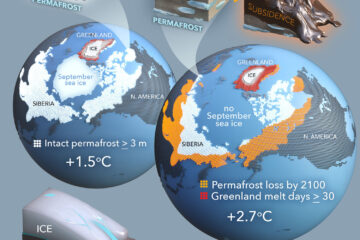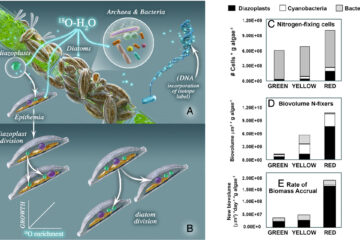Gaps and hotspots in the state of knowledge of pinyon-juniper communities
Pinyon-juniper (PJ) plant communities cover a large area across North America and provide critical habitat for wildlife, biodiversity and ecosystem functions, and rich cultural resources. These communities occur across a variety of environmental gradients, disturbance regimes, structural conditions and species compositions, including three species of juniper and two species of pinyon. PJ communities have experienced substantial changes in recent decades and identifying appropriate management strategies for these diverse communities is a growing challenge. Here, we surveyed the literature and compiled 441 studies to characterize patterns in research on PJ communities through time, across geographic space and climatic conditions, and among focal species. We evaluate the state of knowledge for three focal topics: 1) historical stand dynamics and responses to disturbance, 2) land management actions and their effects, and 3) potential future responses to changing climate. We identified large and potentially important gaps in our understanding of pinyon-juniper communities both geographically and topically. The effect of drought on Pinus edulis, the pinyon pine species in eastern PJ communities was frequently addressed, while few studies focused on drought effects on Pinus monophylla, which occurs in western PJ communities. The largest proportion of studies that examined land management actions only measured their effects for one year. Grazing was a common land-use across the geographic range of PJ communities yet was rarely studied. We found only 39 studies that had information on the impacts of anthropogenic climate change and most were concentrated on Pinus edulis. These results provide a synthetic perspective on PJ communities that can help natural resource managers identify relevant knowledge needed for decision-making and researchers design new studies to fill important knowledge gaps.


